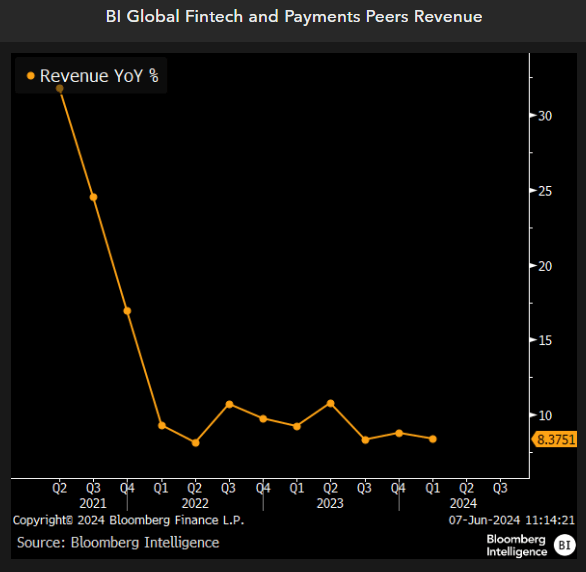Artificial intelligence risk brews for US banks as queries arise
Bloomberg Intelligence
This analysis is by Bloomberg Intelligence Senior Government Analyst Nathan R Dean. It appeared first on the Bloomberg Terminal.
A June 6 request for information from the Treasury Department on how artificial intelligence is being used in financial services is indicative of the approach regulators are taking toward the new technology. Examination risk always remains—regulators will want to ensure that banks adhere to existing regulations—yet broad AI rules aren’t likely in the next 1-2 years.
Our Thesis: Guidance and requests from US regulators on the relationships between banks, artificial intelligence and third-party firms is an early step in how regulators are assessing fintech and AI. Though guidance and requests may reduce enforcement risk, both bank use of financial technology and AI are under increasing regulatory scrutiny. We believe such costs, at least in the short-term, are immaterial.
What’s at stake for banks?
Some compliance costs, new clarity.
US regulatory scrutiny—including 2023 Fed guidance on how banks should manage the risk associated with third-party companies, including those in fintech—is unlikely to lead to a significant increase in costs in the short-term. Regulators are still in the early stages of grappling with how to oversee both fintech and AI usage in the banking sector, as evidence by a June Treasury request for more information. Lenders will gain clarity under the guidance, as they’ll be pressured to increase scrutiny of their relationships. That vigilance should also provide them protection against exposure to enforcement measures. In the past, regulators have sought actions against banks for shoddy risk-management practices in their relationships with fintech companies.

What’s the issue?
Regulatory scrutiny of bank AI usage.
As use of artificial intelligence among financial services increases, so does examination and regulatory scrutiny from US prudential regulators — the Fed, the FDIC and the Office of the Comptroller of the Currency. Each of them are in the early stages of analyzing the impacts of using AI and fintech partnerships and have only begun to engage with the industry about these potential risks. As such, we don’t think any new rules or regulations will occur in 2024 or 2025, but rather regulators will ensure that any usage or product—such as algorithmic lending—adheres to existing regulations. Such scrutiny will likely increase compliance costs, but will remain at amounts that are manageable for the sector.
What’s else?
Third-party guidance.
New principles released in 2023 from US banking regulators outlines certain principles banks can use when managing the risks associated with third-party groups and companies. The recommendations, which aren’t binding and don’t impose any new requirements on banks, are designed to bring standardization to the industry and heighten awareness over the hazards associated with companies that may not have the same number of resources dedicated to risk management. It also allows regulators to identify pitfalls within their examination processes if they see relationships with third parties, especially companies in the fintech industry, not following the prescribed practices.